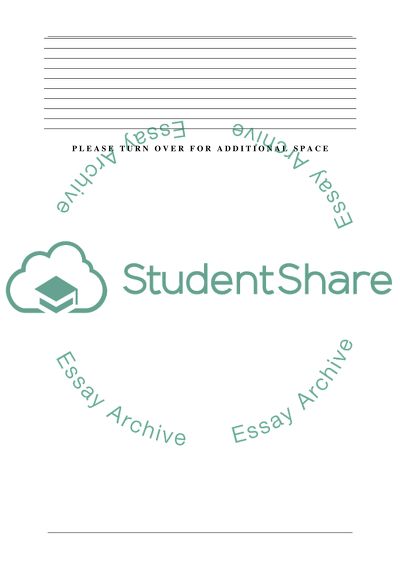Cite this document
(“Questions for Information Technology in the Business Environment Coursework”, n.d.)
Questions for Information Technology in the Business Environment Coursework. Retrieved from https://studentshare.org/information-technology/1460967-questions-for-information-technology-in-the
Questions for Information Technology in the Business Environment Coursework. Retrieved from https://studentshare.org/information-technology/1460967-questions-for-information-technology-in-the
(Questions for Information Technology in the Business Environment Coursework)
Questions for Information Technology in the Business Environment Coursework. https://studentshare.org/information-technology/1460967-questions-for-information-technology-in-the.
Questions for Information Technology in the Business Environment Coursework. https://studentshare.org/information-technology/1460967-questions-for-information-technology-in-the.
“Questions for Information Technology in the Business Environment Coursework”, n.d. https://studentshare.org/information-technology/1460967-questions-for-information-technology-in-the.


